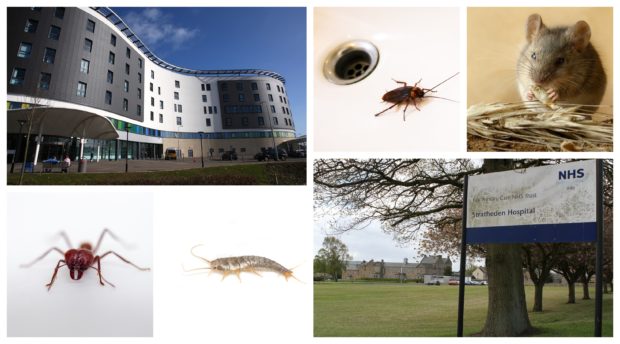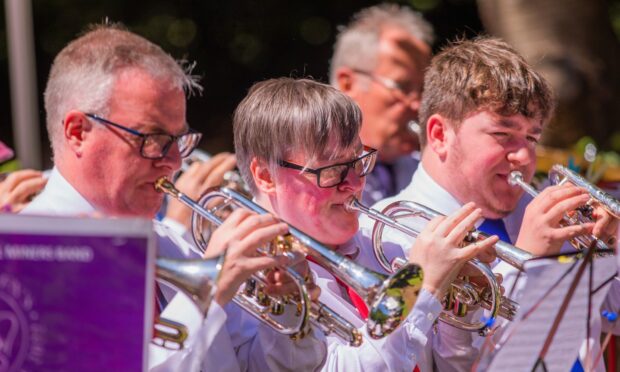Almost £350,000 of public money has had to be spent on pest controllers at Fife health care sites over the past decade, it has emerged.
Cockroaches, rats, mice, ants, wasps, spiders and flies are among the reasons specialists have been drafted in an average of once a day since the summer of 2010.
The ageing Stratheden Hospital near Cupar, which began life as an asylum back in 1866, was home to most call-outs, with contractors Premier Services attending 784 incidents to deal with rodents, wasp nests, insects, rabbits and even voles.
Kirkcaldy’s Victoria Hospital recorded 742 reports, including one incident in September 2017 when a kestrel was being attacked by gulls causing feathers to blow into some of the rooms.
More than 500 incidents stemmed from pest sightings at Cameron Hospital in Windygates, where cockroaches, mice and ants were the main problems, while 425 call-outs were made to Dunfermline’s Queen Margaret Hospital.
Andrew Fairgrieve, NHS Fife director of estates, facilities and capital services, said: “NHS Fife has large and varied estate – almost 60 sites – with blend of new and older facilities in both rural and urban locations.
“Relative to the size of our estate, and the range of work carried out by pest control, the overall spend is low and covers vermin as well as birds, beehives and wasp nests.
“Furthermore, we also have a prevention programme in place to reduce the instances of pest control issues.
“This is an established part of good practice and involves regular inspections and monitoring across healthcare premises up and down the Kingdom.”
The list of reasons recorded for pest control call-outs to the region’s hospitals and clinics is varied, ranging from “beasties” to reports of a “foul smell”.
Aside from the more common rodents and insects, experts were brought in to deal with other nasties such as bluebottles, fleas, beetles, silverfish, hornets, owl midges, bats, gulls and nests, pigeons, caterpillars, centipedes and clipshears.
Commenting, Scottish Conservative MSP Murdo Fraser, who represents the Mid Scotland and Fife region, said: “The sums involved are large and are therefore very concerning.
“I realise local authorities have to spend money on employing pest controllers to deal with this problem, but I’m sure residents in Fife will be alarmed when they read of the amount spent.”
NHS Tayside has spent more than £138,000 on pest controllers since 2012 across its sites, although it did not provide the locations of its call-outs.
A spokesperson said: “It is important to note that our records show what is reported to the pest control company at the time of call-out and not necessarily what is found when they attend the site.
“NHS Tayside has strict procedures in place for dealing with pest control problems and all reports of a potential pest sighting are dealt with as a matter of urgency by our pest control contractors.”









